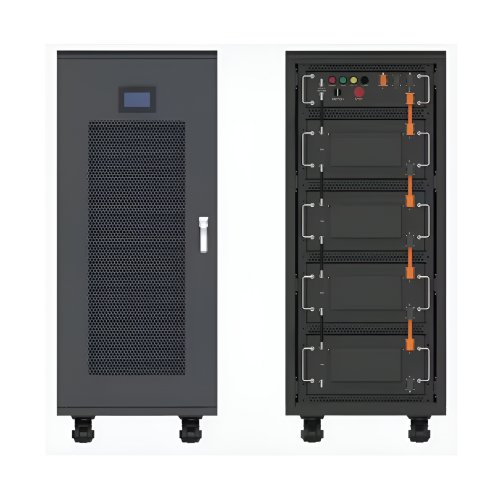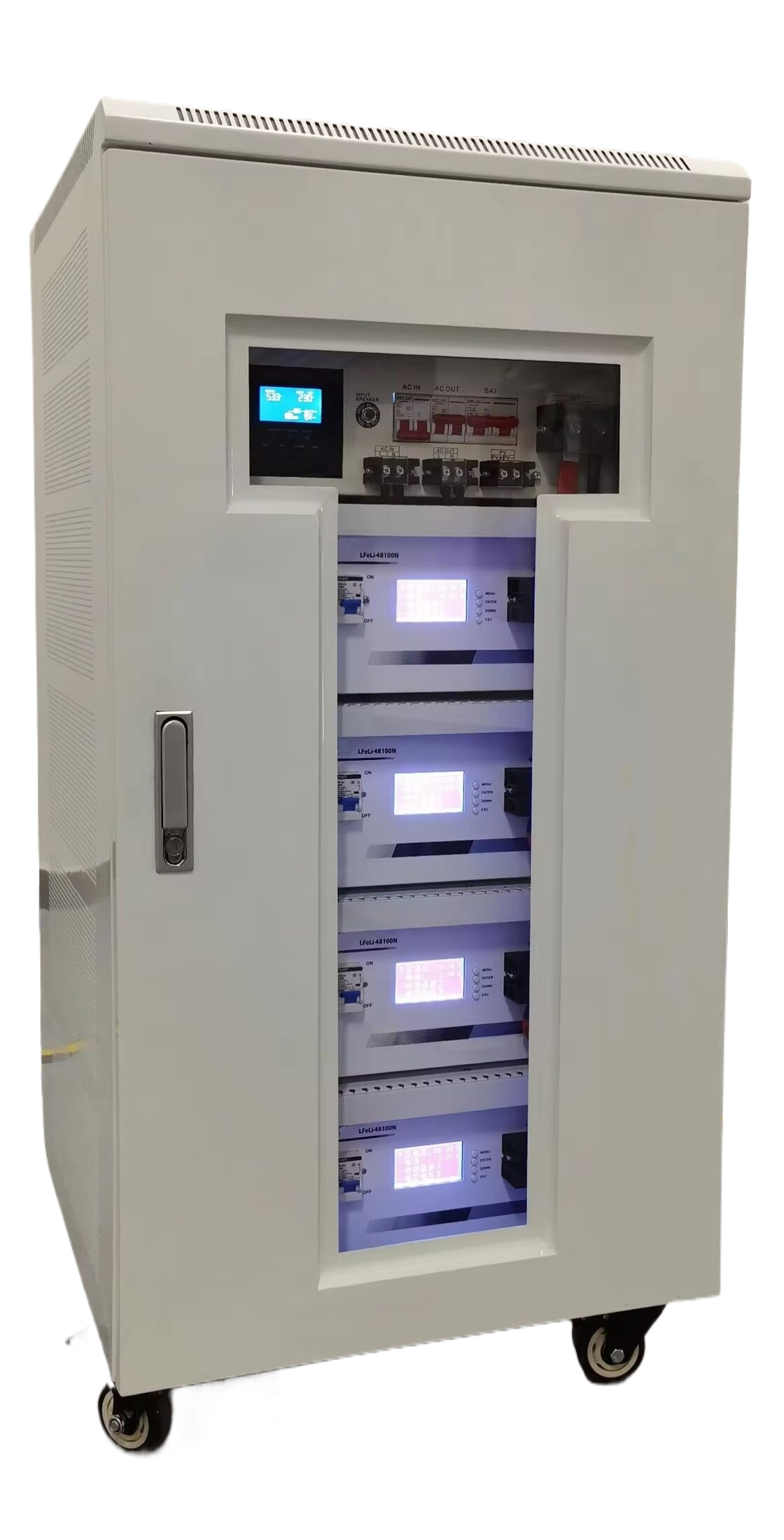Advances In Safety Characteristics: From Intrinsic Material Design To System-level Resilience
The pursuit of enhanced safety characteristics has long been a cornerstone of engineering and materials science, driven by the imperative to protect human life, critical infrastructure, and the environment. Recent years have witnessed a paradigm shift, moving beyond reactive safety systems and add-on protections towards a holistic philosophy ofinherentorintrinsic safety. This progress is characterized by innovations across multiple scales—from the atomic arrangement of new materials to the predictive algorithms of complex cyber-physical systems. This article explores the latest research breakthroughs, emerging technologies, and future directions in the science of safety characteristics.
Material Science: Engineering Intrinsic Safety at the Molecular Level
A primary frontier is the development of materials with inherently safe characteristics. Rather than relying on external safety mechanisms, these materials are designed to fail safely or actively prevent hazardous scenarios.
In the energy sector, the quest for safer batteries, particularly for electric vehicles and grid storage, has catalyzed significant innovation. While lithium-ion batteries offer high energy density, their flammable liquid electrolytes pose a significant thermal runaway risk. Recent breakthroughs focus on solid-state batteries (SSBs), which replace liquid electrolytes with solid ceramic or polymer alternatives. These materials are non-flammable and mechanically robust, drastically reducing fire risk. For instance, research on argyrodite-type (e.g., Li₆PS₅Cl) and garnet-type (e.g., Li₇La₃Zr₂O₁₂) solid electrolytes has demonstrated exceptional ionic conductivity alongside high thermal stability, effectively decoupling energy storage from combustion risk (Janek & Zeier, 2023). Furthermore, "self-extinguishing" electrolytes containing flame-retardant additives and shape memory polymer separators that shut down ion transport upon overheating represent complementary strategies to imbue safety at the material level.
Beyond energy, the field of construction materials is seeing similar advances. The development of ultra-high-performance concrete (UHPC) and engineered cementitious composites (ECC) offers dramatically improved fracture toughness and ductility compared to traditional concrete. These materials exhibit strain-hardening behavior, meaning they develop micro-cracks that distribute stress without catastrophic failure, a critical safety characteristic for seismic-resistant structures and blast mitigation (Li, 2019).
System-Level Integration and Predictive Analytics
While intrinsic material properties form the foundation, system-level integration is where their safety potential is fully realized. The rise of the Internet of Things (IoT) and digital twins has created unprecedented opportunities for predictive safety management.
In industrial settings, the concept of the "process safety barrier" is being revolutionized. Instead of periodic manual inspections, integrated sensor networks provide continuous, real-time monitoring of parameters like pressure, temperature, vibration, and corrosion. This data stream is fed into machine learning (ML) models trained to identify subtle precursors to failure—a pressure drop trend or a specific vibration harmonic—long before a critical threshold is breached. This shift from schedule-based to condition-based and ultimately to predictive maintenance transforms safety from a reactive to a proactive endeavor (Paltrinieri et al., 2019). For example, in chemical processing plants, ML algorithms can now predict the likelihood of pipe blockages or reactor runaway conditions, allowing for pre-emptive intervention.
In transportation, the safety characteristics of autonomous vehicles (AVs) are being defined by the robustness of their sensor fusion and decision-making algorithms. Latest research focuses on "safety-of-the-intended-functionality" (SOTIF), ensuring AVs operate safely not just in the absence of faults, but also in the face of unpredictable real-world scenarios like adverse weather or erratic human drivers. Techniques such as adversarial training, where neural networks are exposed to rare and challenging corner cases in simulation, are crucial for building resilience. Breakthroughs in LiDAR and radar resolution, coupled with multi-sensor redundancy, are creating perception systems that are far more reliable than human senses in many conditions.
Human-Machine Interaction and Resilience Engineering
Modern safety science increasingly recognizes the human operator not as a hazard to be controlled, but as a central component of a resilient system. Research in human-machine interaction (HMI) focuses on designing interfaces that enhance situational awareness and support correct decision-making under stress.
In aviation and process control, augmented reality (AR) overlays are being tested to provide operators with intuitive, context-aware information. A maintenance technician wearing AR glasses could see the internal status of a valve or historical maintenance records overlaid on the physical equipment, reducing error probability. Furthermore, the field of resilience engineering studies how systems can adjust their functioning to maintain safety even after a fault or unexpected event. This involves designing for flexibility and adaptive capacity, allowing human operators to manage disruptions without catastrophic outcomes (Hollnagel, 2018).
Future Outlook and Challenges
The future trajectory of safety characteristics research points towards greater integration and intelligence. Key areas of focus will include:
1. Multi-functional Materials: The next generation of "smart" materials will not only be inherently safe but also possess self-sensing and self-healing capabilities. Concrete that reports its own stress levels or a composite that autonomously seals a crack would represent a monumental leap in structural safety. 2. Explainable AI (XAI) for Safety-Critical Systems: As AI plays a larger role in safety decisions, ensuring these decisions are transparent, understandable, and justifiable to human operators is paramount. Research into XAI will be critical for trust and effective human oversight. 3. Cybersecurity as a Core Safety Characteristic: The convergence of operational technology (OT) and information technology (IT) means a cyber breach can directly lead to physical harm. Future safety standards will need to treat cybersecurity not as an IT add-on but as an intrinsic safety characteristic, designed into systems from the ground up. 4. Bio-inspired Safety Designs: Mimicking biological systems—which are inherently resilient, adaptive, and redundant—offers a promising path for novel safety solutions.
In conclusion, the advancement of safety characteristics is undergoing a profound transformation. The synergy between intrinsically safe materials, intelligent predictive systems, and human-centered design is creating a new paradigm where safety is not an added cost but an embedded, fundamental property of the technologies that define our modern world.
References:Hollnagel, E. (2018).Safety-I and Safety-II: The Past and Future of Safety Management. CRC Press.Janek, J., & Zeier, W. G. (2023). A solid future for battery development.Nature Energy, 8(3), 230-240.Li, V. C. (2019).Engineered Cementitious Composites (ECC): Bendable Concrete for Sustainable and Resilient Infrastructure. Springer.Paltrinieri, N., Comfort, L., & Reniers, G. (2019). Learning about risk: Machine learning for risk assessment.Safety Science, 118, 475-486.
Customized/OEM/ODM Service
HomSolar Supports Lifepo4 battery pack customization/OEM/ODM service, welcome to contact us and tell us your needs.


HomSolar: Your One-stop LiFePO4 Battery Pack & ESS Solution Manufacturer
Our line of LiFePO4 (LFP) batteries offer a solution to demanding applications that require a lighter weight, longer life, and higher capacity battery. Features include advanced battery management systems (BMS), Bluetooth® communication and active intelligent monitoring.

Customised Lithium Iron Phosphate Battery Casing
ABS plastic housing, aluminium housing, stainless steel housing and iron housing are available, and can also be designed and customised according to your needs.

HomSolar Smart BMS
Intelligent Battery Management System for HomSolar Energy Storage System. Bluetooth, temperature sensor, LCD display, CAN interface, UART interface also available.


Terminals & Plugs Can Be Customized
A wide range of terminals and plugs can be customised to suit the application needs of your battery products.

Well-designed Solutions for Energy Storage Systems
We will design the perfect energy storage system solution according to your needs, so that you can easily solve the specific industry applications of battery products.



About Our Battery Cells
Our energy storage system products use brand new grade A LiFePO4 cells with a battery lifespan of more than 4,000 charge/discharge cycles.



Applications in Different Industries
We supply customized & OEM battery pack, assemble cells with wiring, fuse and plastic cover, all the cell wires connected to PCB plug or built BMS.
Applications: E-bike, Electric Scooter, Golf Carts, RV, Electric Wheelchair, Electric Tools, Robot Cleaner, Robot Sweeper, Solar Energy Storage System, Emergency Light, Solar Power Light, Medical Equipment, UPS Backup Power Supply.
We can provide you with customized services. We have the ability to provide a vertical supply chain, from single cells to pack/module and to a complete power solution with BMS, etc.


HomSolar (Shenzhen) Technology Co., Ltd
























